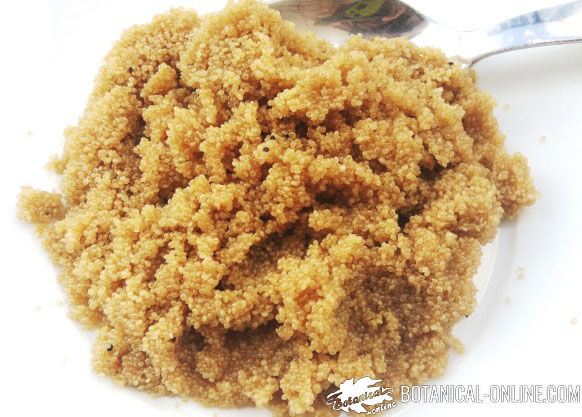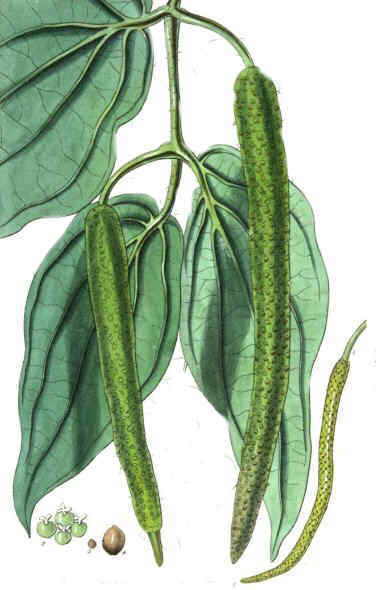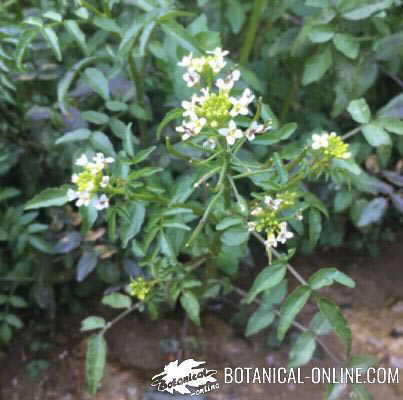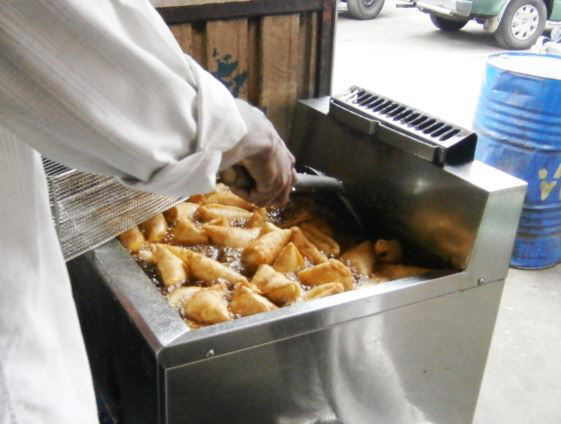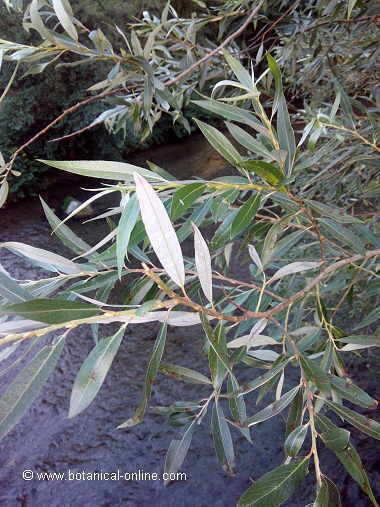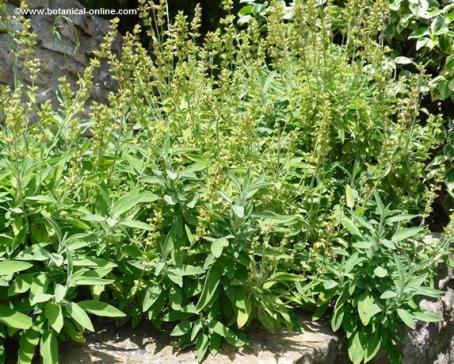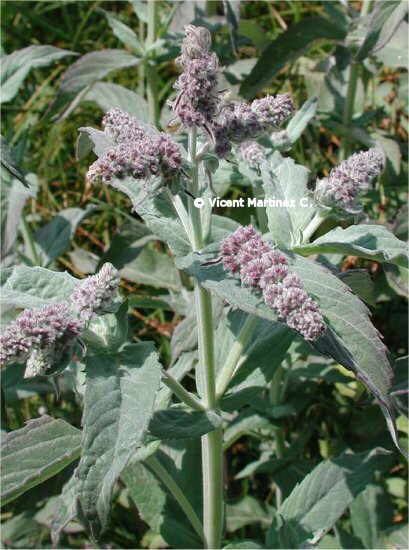Contents [show]
How to grow horse chestnut (Aesculus hippocastanum)
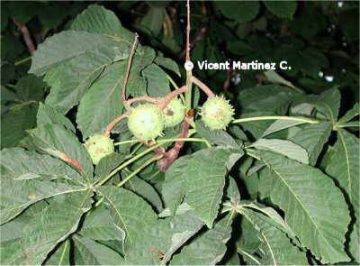
![]() Deciduous tree of the family Hipocastanaceae till 15 to 20 tall. Stem erect, reddish brown, with streaks. Leaves opposite, dark green, and long stalked with 7 leaflets ovate-lanceolate, serrated margin, wider towards the apex.
Deciduous tree of the family Hipocastanaceae till 15 to 20 tall. Stem erect, reddish brown, with streaks. Leaves opposite, dark green, and long stalked with 7 leaflets ovate-lanceolate, serrated margin, wider towards the apex.
Flowers pink or white, rarely yellow, grouped in clusters of pyramidal shape. Calyx consists of 5 petals with a wavy red spot at its base. With 5 sepals.
Fruits in capsule, covered with spines, with 1 to 3 cells, containing the brown seeds (nuts). It blooms from early spring to midsummer. The fruits ripen in autumn.
HORSE CHESTNUT CULTIVATION TIPS
Horse chestnut watering
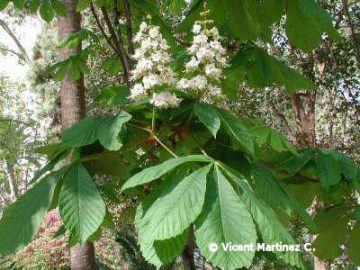
Water it regularly, especially in summer, when the soil t should not be allowed to dry, so that the leaves don’t become brown and fall. A good system is to provide him a mulch to avoid the evaporation.
Horse chestnut uses
It is used as a park or garden tree. It is also used as a medicinal plant (More information)
Where and how to plant horse chestnuts?
- Plant them in full sun
- Propagate it from seeds in spring, or hard cuttings at the end of autumn
Type of soil and fertilization for horse chestnut
It can leave in any soil type, well drained and not very compact. In general, it doesn’t require fertilizer.
Another species of “Aesculus“
Aesculus californica—————– California buckeye
Aesculus x carnea——— ———–Red horse chestnut
Aesculus flava ——————— Sweet buckeye
Aesculus glabra —————- —- Ohio buckeye
Aesculus indica ———————Indian horse chestnut
Aesculus parviflora—————— Bottlebrush buckeye
Aesculus pavia———————- Red buckeye
Aesculus turbinata——————-Japanese horse chestnut
![]() More information on horse chestnut
More information on horse chestnut

